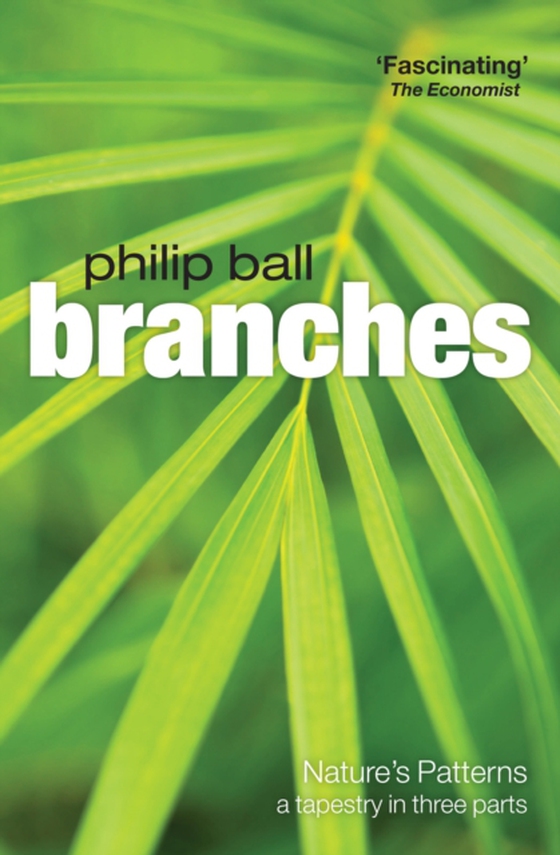
Branches e-bog
114,00 DKK
(inkl. moms 142,50 DKK)
As part of a trilogy of books exploring the science of patterns in nature, acclaimed science writer Philip Ball here looks at the form and growth of branching networks in the natural world, and what we can learn from them. Many patterns in nature show a branching form - trees, river deltas, blood vessels, lightning, the cracks that form in the glazing of pots. These networks share a peculiar ...
E-bog
114,00 DKK
Forlag
OUP Oxford
Udgivet
10 september 2009
Genrer
The arts: general topics
Sprog
English
Format
epub
Beskyttelse
LCP
ISBN
9780191579837
As part of a trilogy of books exploring the science of patterns in nature, acclaimed science writer Philip Ball here looks at the form and growth of branching networks in the natural world, and what we can learn from them. Many patterns in nature show a branching form - trees, river deltas, blood vessels, lightning, the cracks that form in the glazing of pots. These networks share a peculiar geometry, finding a compromise between disorder and determinism, though some, like the hexagonal snowflake or the stones of the Devil's Causeway fall into a rigidly ordered structure. Branching networks are found at every level in biology - from the single cell to the ecosystem. Human-made networks too can come to share thesame features, and if they don't, then it might be profitable to make them do so: nature's patterns tend to arise from economical solutions.
 Dansk
Dansk

